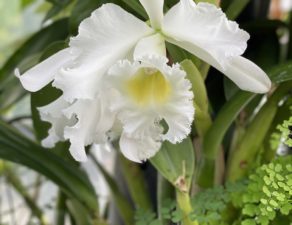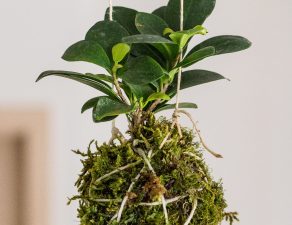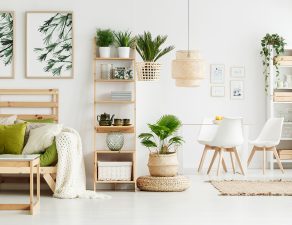
We call them houseplants, but of course you can use interior plants in an office, too! In fact, there are many solid reasons that you should liven up your office with some plant life, including…
Aesthetic appeal
Cleaner air
Reduced noise levels
Stress reduction
Increased productivity
Boosted creativity
Fewer employee sick days
Yes, these claims are backed up by science. Various research studies have pointed out that the presence of a few plants in the office does indeed reduce stress levels, boost creativity, and increase worker productivity.
And of course, we already know that plants clean our air. Aside from removing carbon dioxide and replacing it with oxygen, researchers have also found that plants are effective at removing chemicals such as benzene, formaldehyde, and trichloroethylene from the air. It’s no surprise that cleaner air can result in a lower rate of illnesses and fewer sick days.
Choosing the right plants. Not all plants are right for an office setting. Consider how often each plant needs to be watered, and to whom you will assign that task. Research the amount of daylight your plants need, and place them accordingly (near windows, underneath skylights, and so on). As a bonus, placing plants near windows or in entryways will maximize their noise reduction effects.
Generally speaking, we find that succulents are the ideal choice for many workplaces; they don’t require a high degree of care, and you can combine several varieties to create beautiful centerpieces. Other good choices include pathos vine, peace lilies, philodendron, oxalis, begonia, snake plant, African violets, and many varieties of ivy.
Avoid toxic plants. Naturally, you might wish to avoid having any toxic plants in a workplace in a location that children can reach. While it’s unlikely that the plants will pose any risk to your adult coworkers, visiting children could become injured by toxic plants in waiting rooms or other public areas.




